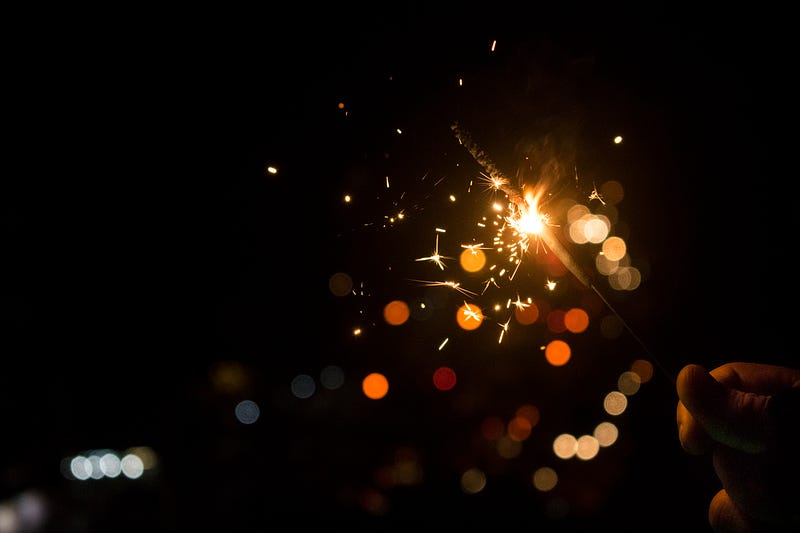Stop Using AI Like A Vending Machine
And use it like flint & steel instead

Prompt engineering isn’t just about getting AI to do what you want. It is about fostering interactions that encourage us to think and create in new ways.
It's about fluidly moving back and forth in a collaboration between human and machine.
To illustrate this, let me use a little poetry.
AI & the Surrealist Mind
As someone…
Keep reading with a 7-day free trial
Subscribe to Cyborgs Writing to keep reading this post and get 7 days of free access to the full post archives.


